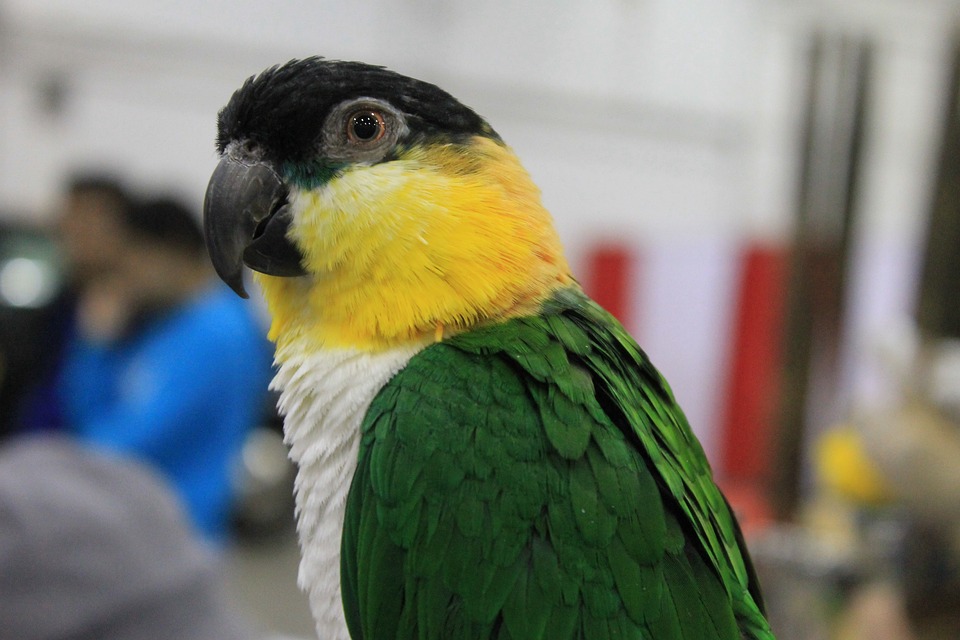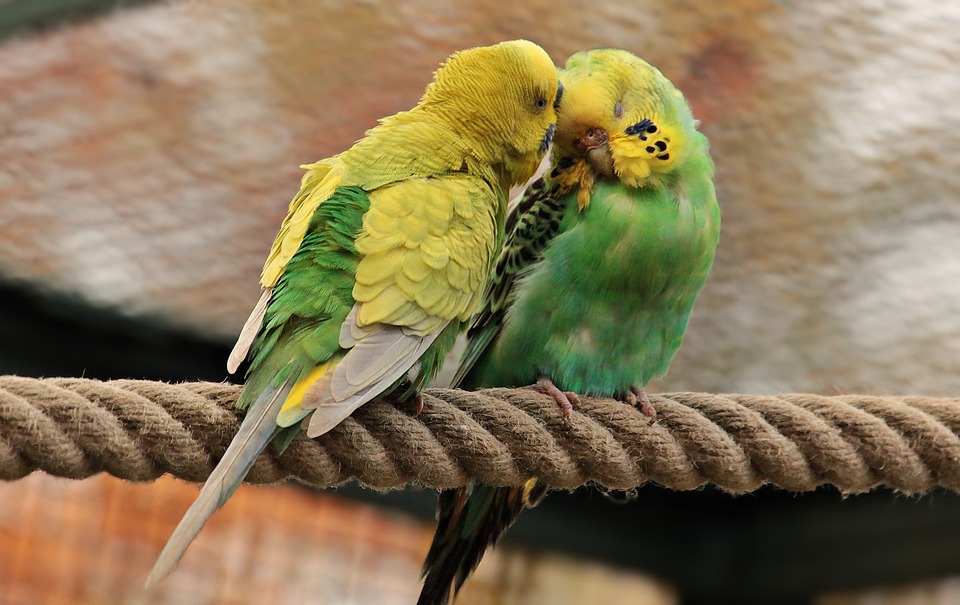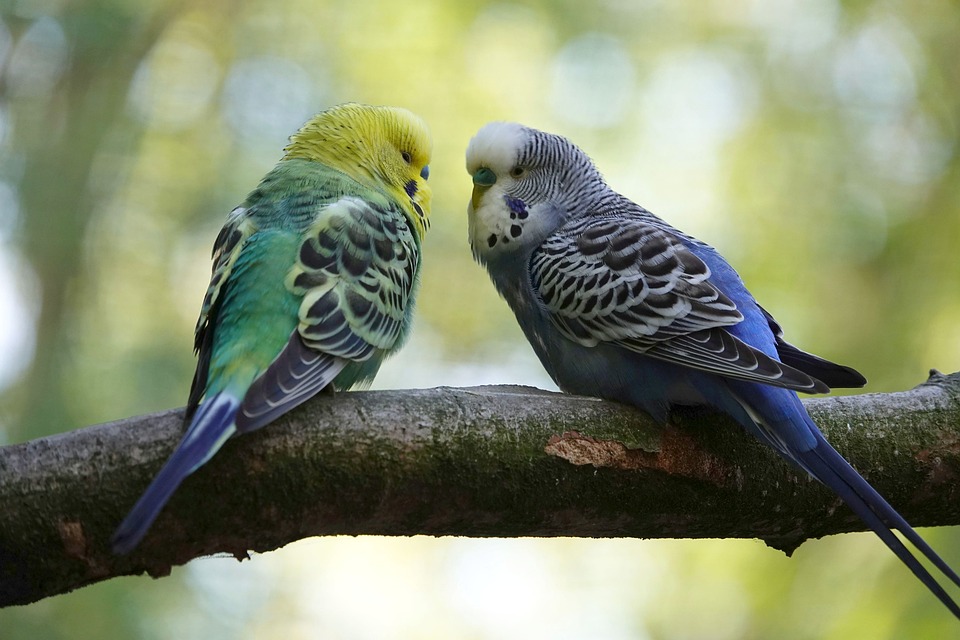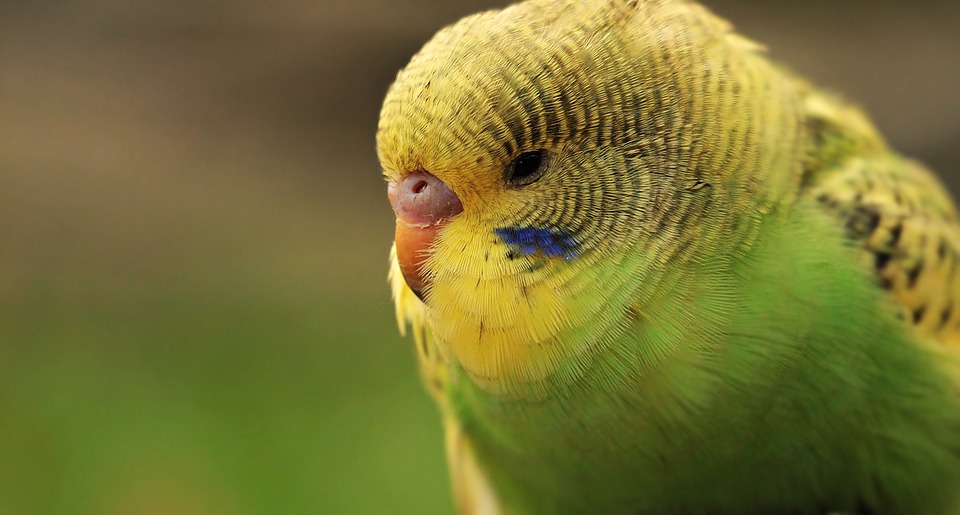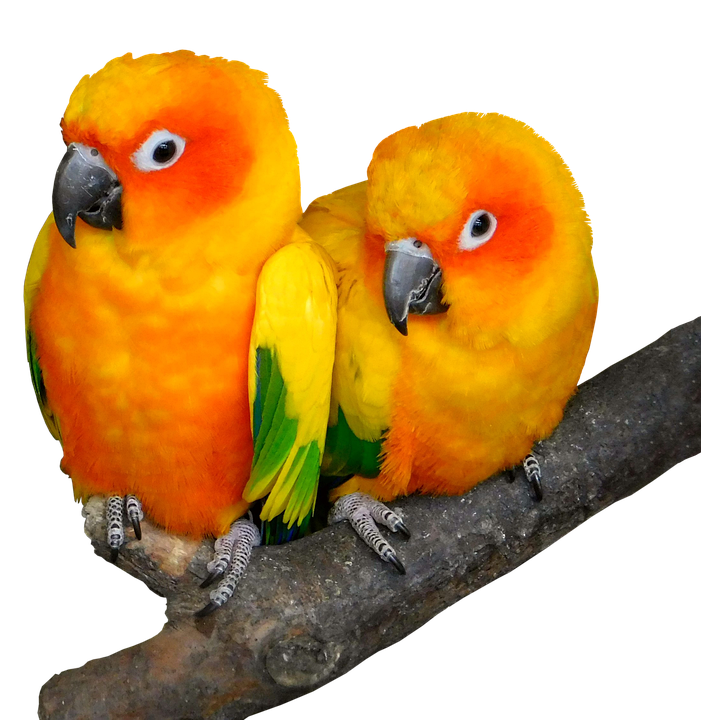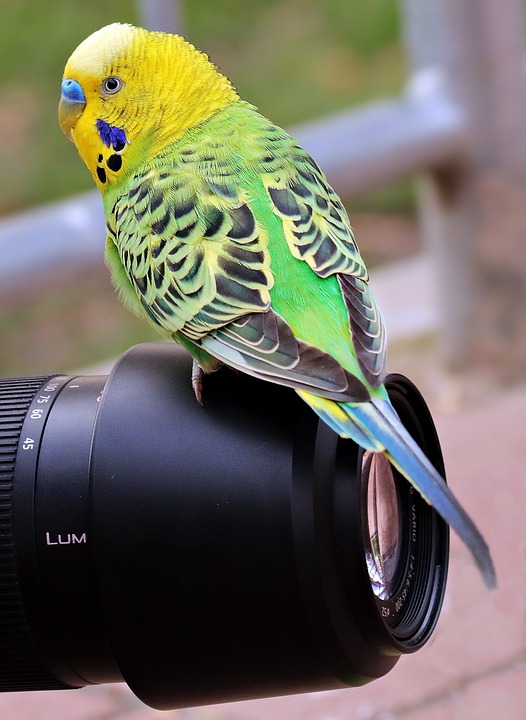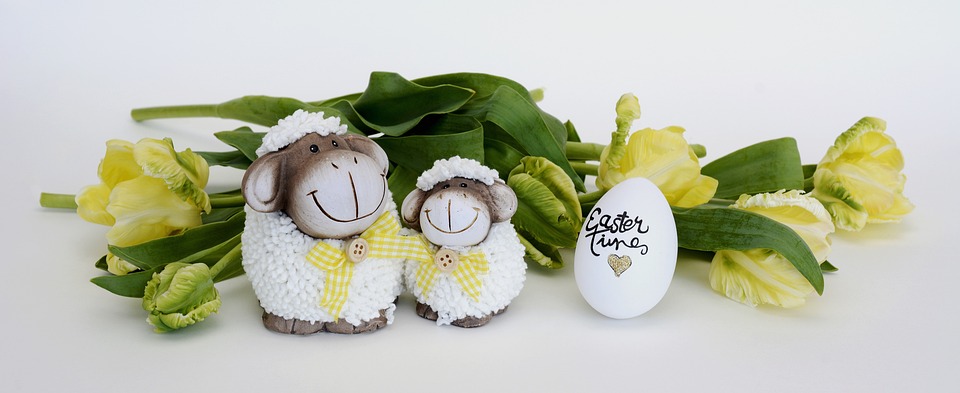Parrots are intelligent and curious creatures that possess a natural instinct for foraging. Encouraging this behavior in your parrot is crucial for their mental and physical well-being. By providing an enriching environment and engaging techniques, you can ensure that your feathered friend remains stimulated and active. In this article, we will explore various strategies to encourage foraging behavior in your parrot, along with addressing some common questions related to parrot foraging.
Understanding the Importance of Foraging Behavior
Foraging behavior is an essential aspect of a parrot’s natural instincts. In the wild, parrots spend a significant amount of time searching for food, which keeps them mentally and physically engaged. Encouraging this behavior in captivity helps prevent boredom, reduces stress, and promotes overall well-being in your parrot.
Creating the Ideal Foraging Environment
To encourage foraging behavior, it is important to provide a spacious and stimulating cage for your parrot. Ensure that the cage is large enough for them to move around freely and incorporate various perches and branches to mimic their natural environment. Additionally, offer a variety of foraging toys and puzzles to keep them engaged and challenged.
Engaging Foraging Techniques
A. Food Placement and Presentation
One effective way to encourage foraging behavior is by hiding food within toys or wrapping it in paper. This stimulates your parrot’s natural instinct to search for food. Additionally, offer food in a variety of textures and forms, such as pellets, fresh fruits, vegetables, and nuts. Rotating the placement of food within the cage or play area also maintains their interest and keeps them engaged.
B. DIY Foraging Toys
Creating DIY foraging toys is a cost-effective way to provide mental stimulation for your parrot. Empty cardboard boxes or paper bags can be filled with treats or pellets, encouraging your parrot to explore and find the hidden food. You can also construct foraging puzzles using PVC pipes or plastic bottles, making it challenging for your parrot to retrieve the treats. Homemade foraging nets or seed dispensers are also great options to stimulate their foraging instincts.
C. Scatter Feeding
Scatter feeding involves sprinkling food throughout the cage or play area, encouraging your parrot to search for their food. This mimics their natural foraging behavior in the wild. Scatter feeding also promotes physical activity as your parrot moves around to find their food, keeping them mentally and physically active.
Gradual Introduction to Foraging
It is important to start with simple foraging toys and gradually increase complexity as your parrot becomes more adept at finding the hidden food. Monitor your parrot’s progress and adjust the difficulty level accordingly. Celebrate small successes to motivate continued engagement and ensure a positive experience for your parrot.
Addressing Common Challenges
A. Lack of Interest
If your parrot shows a lack of interest in foraging activities, try experimenting with different food types and textures. Some parrots may prefer fresh fruits and vegetables over pellets or nuts. Consulting a veterinarian can also help rule out any underlying health issues that may be affecting their interest in foraging. Seeking advice from an avian behaviorist or trainer can provide valuable guidance in promoting foraging behavior in your parrot.
B. Overcoming Fear or Insecurity
If your parrot exhibits fear or insecurity when introduced to new foraging toys or environments, focus on building trust through positive reinforcement training. Gradually introduce new toys and environments, allowing your parrot to become comfortable at their own pace. Patience and consistency in creating a safe and supportive environment will help overcome any fears or insecurities.
Frequently Asked Questions (FAQs):
Q1. How often should I change my parrot’s foraging toys?
It is recommended to change your parrot’s foraging toys regularly to maintain their interest and prevent boredom. Aim to introduce new toys every few weeks to keep the foraging experience fresh and engaging.
Q2. Can foraging toys help reduce destructive behaviors in parrots?
Yes, foraging toys can help reduce destructive behaviors in parrots. By providing mental stimulation and an outlet for their natural instincts, foraging toys redirect their energy towards positive activities.
Q3. Should I supervise my parrot while they engage in foraging activities?
It is generally recommended to supervise your parrot while they engage in foraging activities, especially when introducing new toys or food items. This ensures their safety and allows you to monitor their progress.
Q4. Can foraging behavior help alleviate boredom in parrots?
Yes, foraging behavior is an effective way to alleviate boredom in parrots. It keeps them mentally stimulated and physically active, preventing negative behaviors associated with boredom.
Conclusion:
Encouraging foraging behavior in your parrot is vital for their overall well-being. By creating a stimulating environment, utilizing engaging techniques, and gradually introducing foraging toys, you can enhance your parrot’s mental stimulation and prevent boredom. Remember to experiment with different strategies to find what works best for your feathered companion. Embrace the joy of watching your parrot thrive as they engage in their natural foraging instincts.

